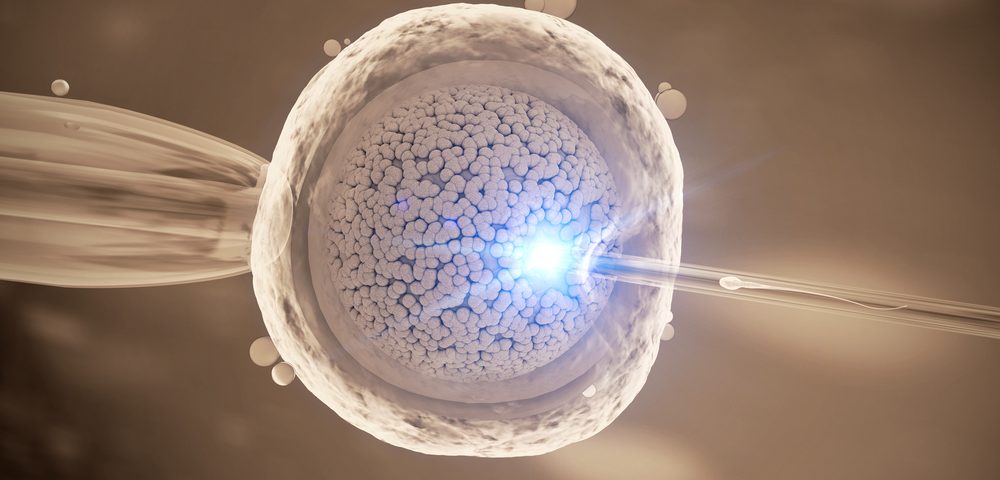Endometriosis patients undergoing laparoscopy should wait seven to 25 months before in vitro fertilization (IVF), concludes a retrospective analysis by researchers at the University of Toronto.
Their study, “In Vitro Fertilization (IVF) Success Rates after Surgically Treated Endometriosis and Effect of Time Interval between Surgery and IVF,“ appeared in the Journal of Minimally Invasive Gynecology.
The effects of endometriosis on IVF pregnancy outcomes are still a matter of debate, with studies reporting either a negative effect or none at all. Doctors often perform laparoscopy surgery — a minimally invasive procedure — to treat the disease, but what impact this surgery has on IVF success rates is unclear.
To determine how endometriosis correlated with IVF outcomes, researchers at the university’s Department of Obstetrics and Gynecology — in collaboration with Israel’s Tel Aviv University — performed a retrospective clinical analysis. They looked closely at three main points: the impact of endometriosis staging after surgical treatment, the effects of endometriomas (cysts), and the best time interval between laparoscopy and IVF.
Researchers analyzed data from 216 infertile women with endometriosis and 209 infertile patients without endometriosis, as controls. They defined endometriosis stage according to ASRM criteria, categorizing 58 patients with stage 1, 67 with stage 2, 63 with stage 3 and 28 with stage 4. IVF outcomes were evaluated according to fertilization, implantation and pregnancy rates.
Women with endometriosis showed an impaired ovarian response to the hormonal stimulation used in the IVF procedure, which is why the number of retrieved oocytes was lower when compared to controls.
The analysis also showed that clinical and ongoing pregnancies rates declined in conjunction with endometriosis severity: patients with stage 1 endometriosis had 55 percent of clinical and 50 percent of ongoing pregnancy rates, while women with stage 4 showed 43 percent and 32 percent. Overall pregnancy rates among women with endometriosis were lower when compared to controls.
The presence of endometriomas in patients with stages 3 and 4 endometriosis did not hurt IVF outcomes. The analysis showed that the period between surgical intervention and IVF significantly affected pregnancy rates.
“After controlling for age and stage of endometriosis, we found that the highest ongoing pregnancy rate was achieved in patients who underwent their IVF cycle 6-25 months after their endometriosis surgery,” authors wrote. “IVF delay may be considered to around 6 months from endometriosis surgery but no more than 25 months.”
Overall, these results suggest that endometriosis severity hurts IVF pregnancy rates and that women who are undergoing laparoscopy and are considering IVF should wait at least seven months before the procedure.

